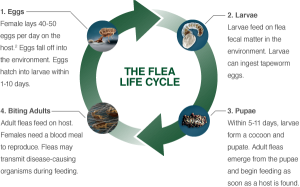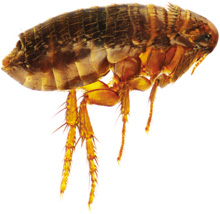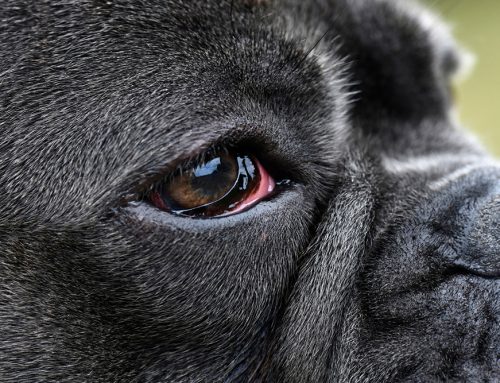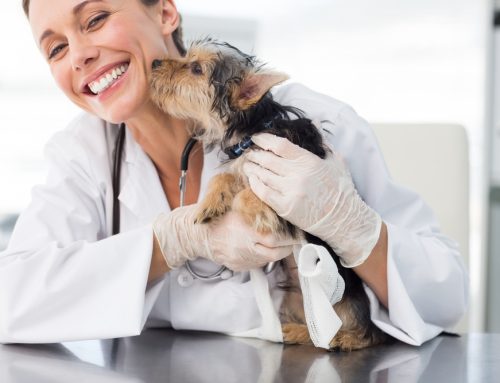The main purpose of starting this blog was to create a platform to be able to share with y’all the very lowdown, nitty, gritty details of anything and everything pet-related. I wanted a place that we could discuss the skinny, the deal, the D.L., the scoop, the “poop”. Catch my drift? And so, The Frass was born. Why The Frass, you ask? Frass is the lowest of the down low, the deepest of the deep, the totally un-sugarcoated, realist of the real and, is used, in the exciting world of entomology, to describe flea feces. True story. Thank you, to Virbac’s Miki “The Flea Diva” Court, for bestowing that knowledge upon me! Why am I telling you this factoid about our Shuler Veterinary Clinic Blog? Because it is a perfect lead-in to our topic this week: fleas!
 Image courtesy of DVM 360
Image courtesy of DVM 360
 Image courtesy of TheCatSite
Image courtesy of TheCatSite
Our story begins with a tiny, nasty, amazing flea. A flea is able to jump vertically, 7 inches, or horizontally, 13 inches. That is the equivalent of a human jumping over a 480-foot tall building! Fleas are capable of laying approximately 40-50 EGGS IN ONE DAY! These eggs get deposited into the environment (your carpet, wood flooring, yard, etc.) via our pets. A warm, humid environment (aka Charleston/Mt. Pleasant ALL YEAR BABY!) allows the eggs to hatch. In the next stage of the flea cycle, maggot-like larva emerge from the eggs, gorging themselves on digested blood, remnants of the egg, or sometimes each other, until they vomit. From said vomit, they make an amazing cocoon! The cocoon, or pupae, the stage is impervious to all of our current, killing products. Like the eggs, the pupae hatch when the weather is warm and humid, but they also respond to vibration…like that from you, or your pet’s, feet. The newly emerged, young flea is super hungry, and armed with crazy jumping skills, hitches a ride on your pet, immediately taking a lunch break, or blood meal, from your fur baby. This excitement can happen in as rapidly as 2 weeks if the right temperature or stimulation is reached. Wonderful, right?
Well more good news to come… when a pet parent sees an adult flea on their fur baby, that 1 flea is just the tip of the iceberg. There may be 1000 more mature fleas just out of site, anywhere your pet lounges! ….Maybe even your bed! Fleas bring bacterial diseases to people and pets, (cat scratch disease, plague , typhus, mycoplasma anemia, etc.) tapeworms, or skin allergies (flea allergic dermatitis). Not to mention sucking blood from our fur babies…ewww! There are plenty of reasons we want these fleas DEAD!
But how do we get rid of them ?
Breaking the life cycle in multiple areas is important to stop the reproduction cycle. For our cat patients at the animal hospital, we use Revolution Plus and Program (an injectable flea prevention) to harness the multistage killing needed for flea infestations. Our dog families use Sentinel Spectrum and Nexgard to kill and disrupt the life cycle of fleas in as many places as possible. These products stop eggs from hatching and forming, and are adulticidal as well. It is important to know that once an infestation is identified, follow directions from your veterinarian explicitly to begin eliminating this parasite from your environment!
 Image courtesy of VCA Hospitals
Image courtesy of VCA Hospitals







Leave A Comment